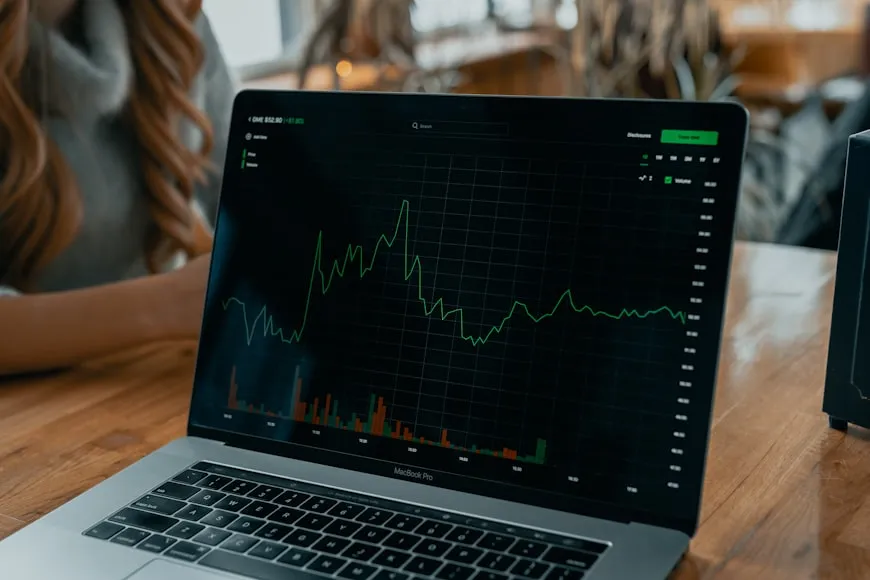
The short-term growth debate is important, but there’s a quieter, longer game that deserves attention: the structural forces rewriting how economies grow. Three trends stand out — the diffusion of AI and digital tools, the green transition, and the reconfiguration of global supply chains — and together they will shape which countries and companies prosper.
Start with AI. Private investment and corporate adoption surged in recent years, pushing generative and agentic AI from experimentation toward integrated workflows. Firms that redesign processes — not just bolt AI onto existing tasks — realize productivity improvements. Yet the gains are uneven: large firms with capital and digital talent capture early returns while smaller companies risk falling behind unless policies and markets create pathways for diffusion. The scale of private AI investment and the rapidity of its adoption make this a defining economic disrupter for the decade.
McKinsey & Company
Stanford HAI
Next, the green economy is transitioning from niche to mainstream. Governments and private investors are channeling capital into renewable energy, grid modernization, electric transport, and industrial decarbonization. These investments create near-term demand (jobs, construction, manufacturing) while setting the stage for long-term, lower-carbon growth. The key challenge is aligning finance: making capital available in emerging markets where the payback profiles and political risks differ from advanced economies. Success here will determine whether the green pivot is a source of growth or a costly drag for vulnerable countries.
Then there’s the supply-chain rewiring prompted by trade policy shifts and a desire for resilience. Companies are shortening or diversifying supplier lists, nearshoring certain activities, and building inventory buffers. That reduces vulnerability to single-point failures but can increase costs. Countries that can offer efficient, reliable logistics and a skilled workforce will attract manufacturing and services that once flowed only to a few low-cost hubs.
Taken together, these trends point to a world where productivity gains are possible but require active policy: better education and retraining programs to handle AI’s labor market disruptions, financing for green projects (especially in the Global South), and trade frameworks that balance resilience with openness. The binary choice isn’t “open vs closed”; it’s “smart openness” — policies that preserve trade benefits but address strategic vulnerabilities.
For citizens, this structural phase means choices: acquire durable digital skills, demand policy that protects both jobs and the climate, and support institutions that can channel investments into broad-based benefits. For leaders, it’s time to make structural bets: on education, climate, and supply-chain competitiveness.
The bottom line: short-run numbers will matter, but the long-run winners will be defined by their ability to manage transformation. Economies that can harness AI responsibly, finance the green transition, and create resilient but efficient supply chains will turn 2025’s fragile recovery into a lasting growth story.







